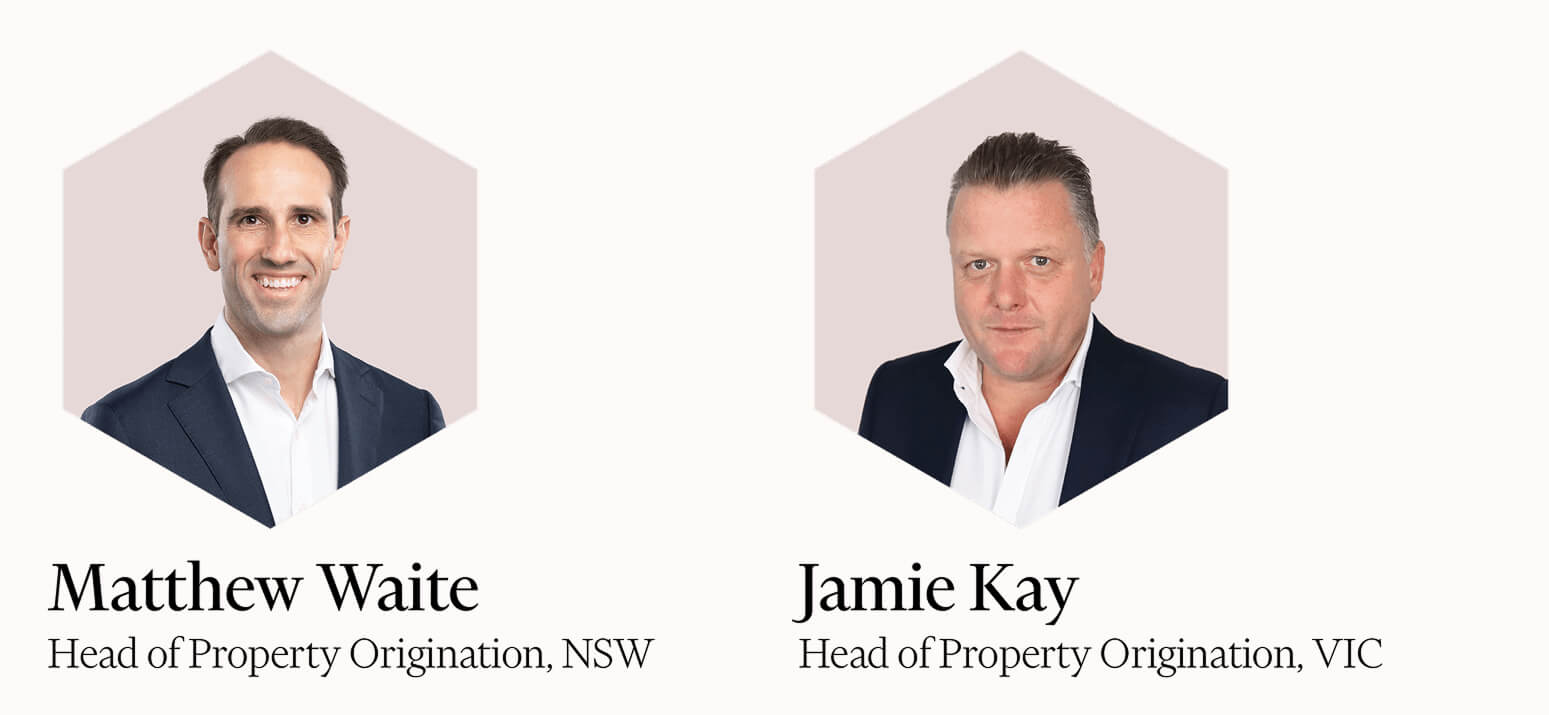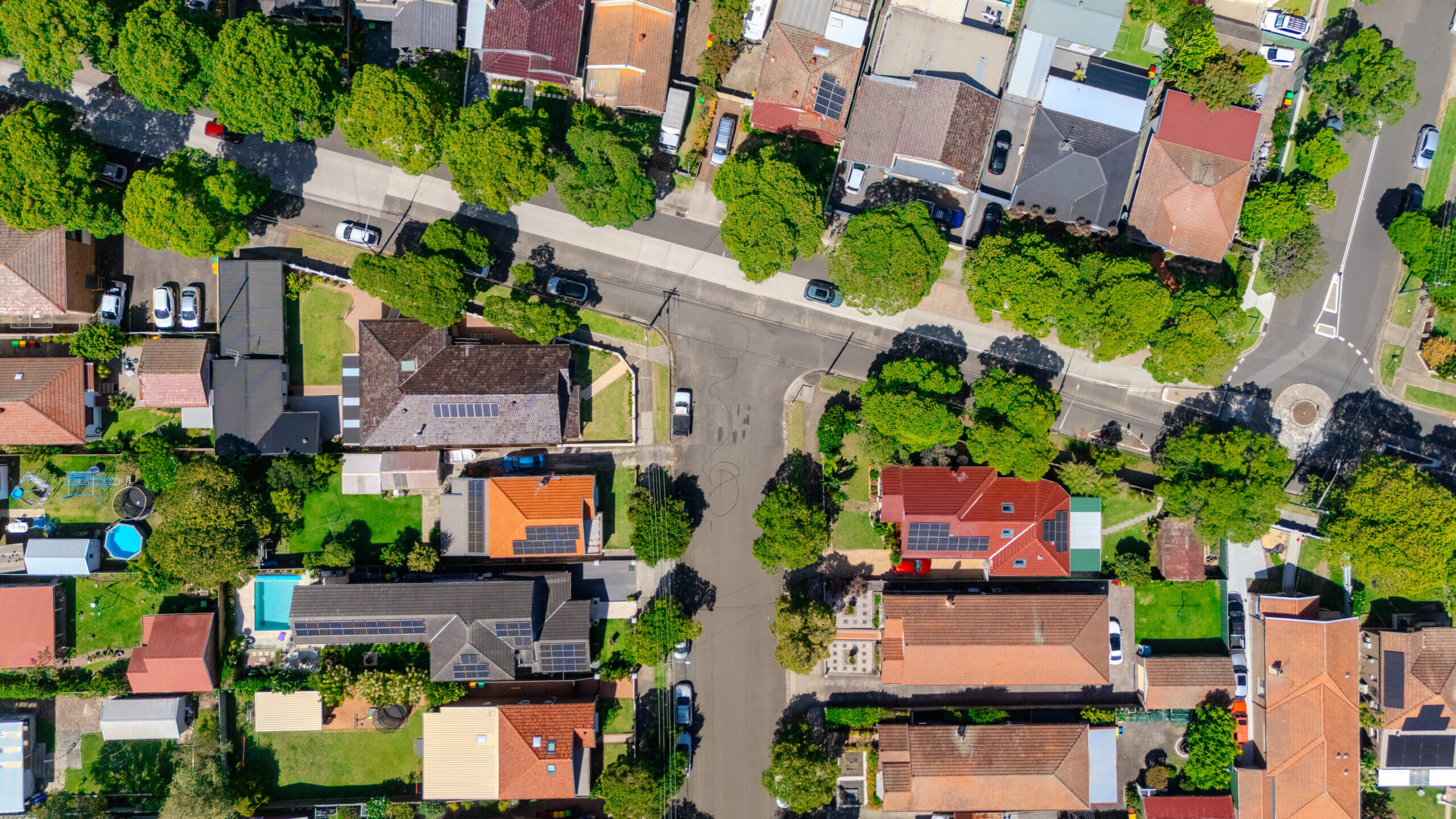In Australia’s changing real estate landscape, residential living has become more than a buzzword. It is now a central focus for developers, investors, and policymakers.
The widely acknowledged housing shortage is now being felt more acutely across the country. At Wingate, we are not just observing this trend. We are actively responding to it.
“We don’t see that changing anytime soon. There’s not enough good quality housing being delivered, and we’re committed to backing developers to help bring more to market."
Matt Waite, Head of Property Origination (NSW) at Wingate.
Wingate is not only a key player in delivering traditional land subdivisions, housing developments, and higher-density apartment projects – it’s also a major financier across a range of sub-markets within the broader living sector. The supply and demand fundamentals continue to evolve to reflect changing lifestyles and demographic needs, and so too do Wingate’s funding solutions.
Purpose-built student accommodation remains in short supply. Co-living, once a niche concept, is now gaining mainstream attention as a flexible and community-oriented solution to urban housing.
“Flexibility, affordability, and community are driving demand for new formats like co-living and short-to-medium stay accommodation”, Waite adds.
The gap between supply and demand continues to widen, driven by labour shortages, elevated construction costs, limited land availability, and planning bottlenecks. Projections suggest a shortfall of up to 400,000 dwellings by 2029. Only 177,000 homes were completed in 2024.
From the highs of 2023, Australia’s population growth has returned to its historical norms of approximately 1.7%. According to the Australian Bureau of Statistics, Victoria has received the highest share of this growth (c.30% or 132,600 residents).

“Victoria’s resilience in population growth and historical undersupply is a strong signal for developers. It reinforces long-term housing demand and supports our confidence in backing projects across the state.”
Jamie Kay, Head of Property Origination (VIC) at Wingate.
Affordability remains a critical issue. Households are spending up to 50 percent of their income on mortgages and 33 percent on rent. The house price-to-income ratio continues to climb.
There are, however, reasons for optimism. Australia’s macroeconomic environment is stabilising. Inflation has moderated, interest rates have eased, and household incomes are rising. Labour markets remain strong. Q1 2025 construction volumes hit $6.9bn, the highest since Q1 2022 and while construction costs are still elevated, forecasts suggest a potential easing by 2026. This could unlock stalled projects and restore developer confidence.
“Developer certainty is improving,” Kay notes. “We’re seeing more clarity around costs and timelines, which is helping projects move from concept to construction. That’s critical in a market where every new dwelling counts.”
Kay also expects Melbourne’s median house price to grow steadily to $1.3 million by 2030. He acknowledges it may continue to trail Sydney and Brisbane if current trends persist.
Governments at all levels are introducing policy reforms and funding initiatives. However, the private sector has a vital role to play. By aligning financial support with strategic development, Wingate is helping shape a more resilient and responsive residential market.
“We’re not just financing buildings. We’re investing in communities,” Waite says. “That means thinking long-term, supporting sustainable design, and backing developers who share our vision for inclusive growth.”
“Solving Australia’s housing crisis requires more than capital. It demands collaboration, innovation, and a willingness to support new ideas. Whether it’s funding large-scale apartment projects, enabling land subdivisions, or exploring alternative living models, we’re committed to helping developers deliver the homes Australians need.”

